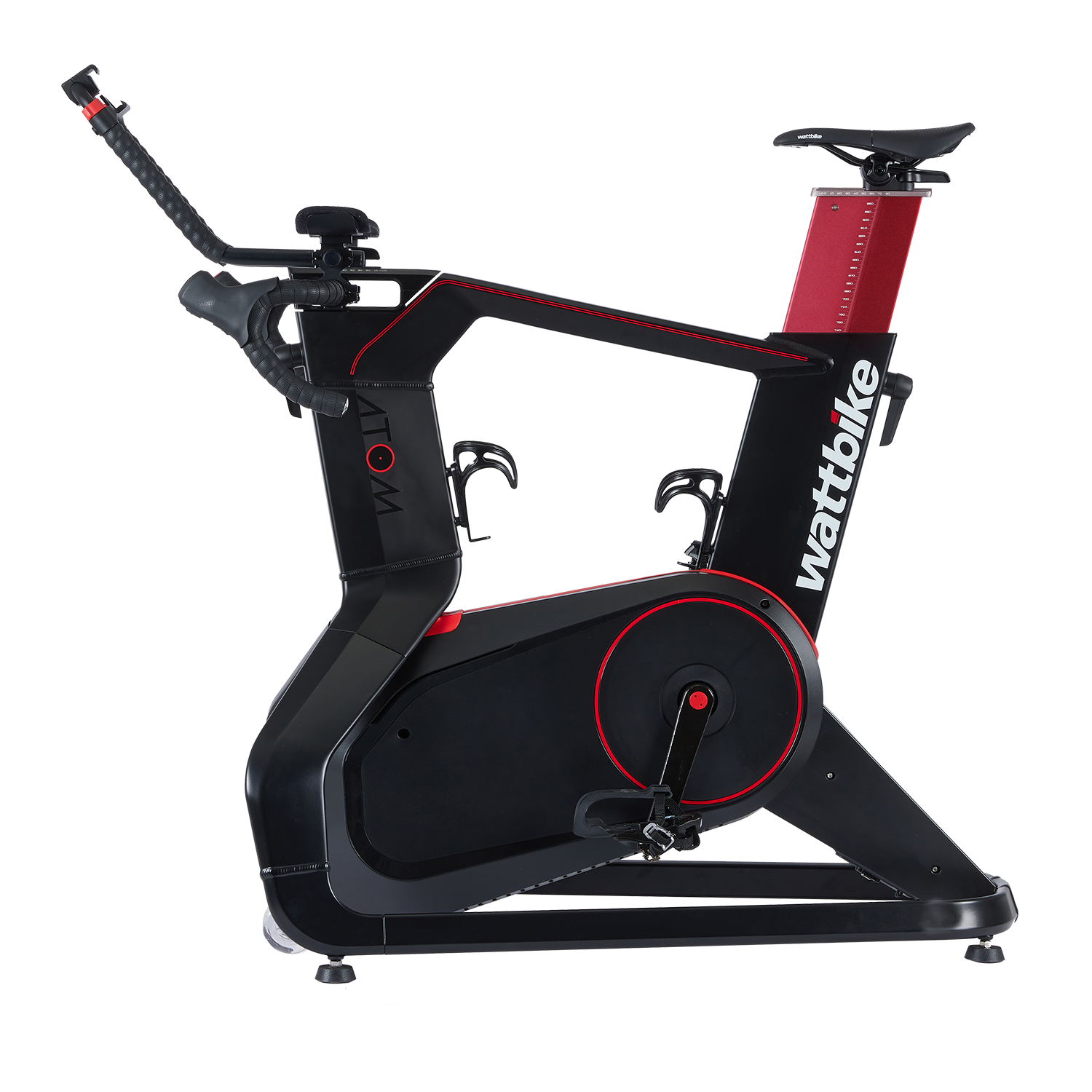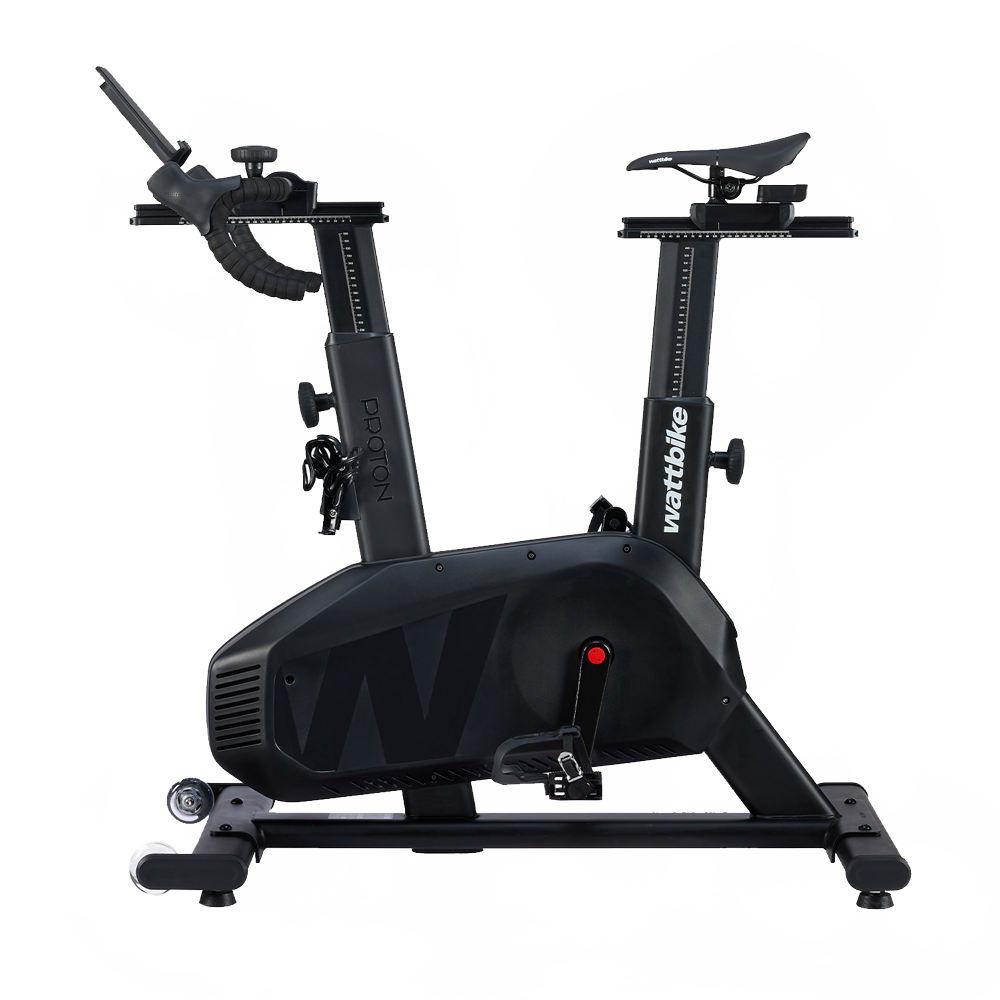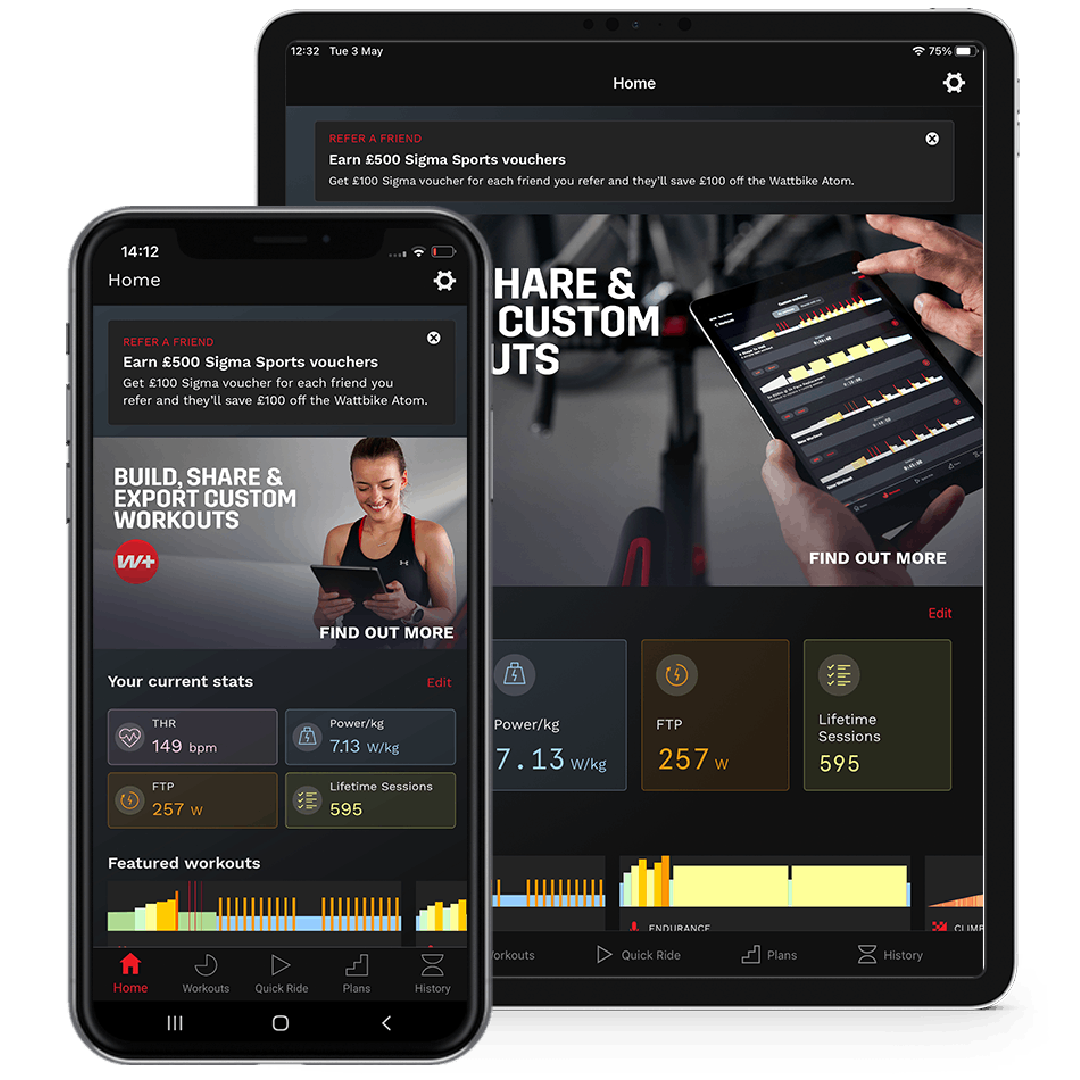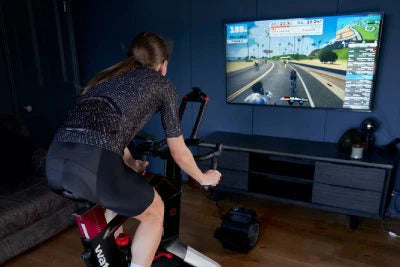Your Cart is Empty
SHOP
TRAINING & APPS
SUPPORT
news & information
The Importance of Power To Weight Ratio
September 21, 2015 2 min read
Why is power to weight a useful metric to measure when cycling? In simple terms, your power to weight ratio is simply the amount of power you can output per kilogram of weight. Once you’ve worked out your power to weight ratio however, you can start to optimise it and improve your performance.

Power to Weight Ratio & Climbing while Cycling
If you are into road cycling and enjoy the odd sportive, it’s likely that power to weight will be a key metric for you, as you’ll often need to get your body mass up (and over) hills.
When you’re riding in a group, your power to weight ratio also becomes more apparent on climbs. The heavier riders will need to produce more power to ride alongside the lighter members of the group up a hill.
In the example below, if Michael produces an average of 300 watts and weighs 95kg and Anne produces 250 watts and weighs 71kg then you might easily assume that Michael would cycle faster up a hill as he is producing more absolute power than Anne.
How to Calculate Power to Weight Ratio
Michael - 300/95 = 3.15w/kg
Anne - 250/71 = 3.52w/kg
After discovering the power to weight ratio, it becomes clear that whilst Anne is lighter and is producing less power, she actually has a higher w/kg and therefore will climb quicker than Michael.
Power to Weight & Descending while Cycling
When you’re facing a descent, the tables turn and gravity is in your favour. This means that, generally, the larger and heavier riders like Michael will descend more quickly than lighter riders like Anne.
Top tip: Lighter riders like Anne can benefit from a slipstream effect by tucking in behind lager riders on a descent.
How to Improve Your Power to Weight Ratio
The two main ways to improve your power to weight ratio are either lose weight or increase your sustainable power output.
Dieting simply to attain your ideal cycling weight can actually be counterproductive as you could lose muscle mass during your weight loss, you’ll find your ability to produce power also reduces.
The best option is to focus on optimising power whilst balancing diet and weight. To optimise your sustainable power output, try following one of our training plans.
Using a Wattbike smart trainer you can begin to truly understand your power-to-weight values. From your test results you will be able to build a structured training program which will see natural weight loss and increased power bringing an overall much more enjoyable cycling experience.
Also in Training

Balancing the Gym With Off-Feet Conditioning
December 18, 2025 5 min read
Building lasting fitness isn’t about training more - it’s about training smarter. We want tog ive you the tool toStart Strong, Stay Strong this 2026 and explain how to balance gym-based strength training with off-feet conditioning, to create a structured weekly routine that supports performance, recovery, and consistency. Whether you train three, four, or five days a week, this guide shows how the right training split helps you build strength, improve cardiovascular fitness, reduce injury risk, and maintain momentum throughout 2026 with a plan you can actually stick to with your Wattbike.

Motivation vs Discipline: How to Build Training Habits That Last All Year
December 17, 2025 4 min read
Motivation alone won’t make 2026 your strongest training year - consistency and structure do. Start Strong, Stay Strongexplains how building sustainable habits, using structured training plans, and relying on repeatable routines can help you train consistently, even when you don’t feel like it. From planning sessions like work appointments and setting SMART micro-goals to habit stacking and following structured Wattbike Hub programs, this guide shows how discipline, not willpower, turns intention into action, helping you improve fitness, endurance, and performance all year long.

The Best Nutrition Habits for Consistent Training in 2026
December 17, 2025 4 min read
Making 2026 your strongest year starts with building simple, sustainable nutrition habits that fuel consistent training, recovery, and performance. This guide shows how balanced meals with protein, carbohydrates, and healthy fats. Before, during, and after workouts - support energy, muscle repair, and long-term progress, whether you’re cycling indoors, strength training, or mixing both. With practical tips on weekly meal planning, habit-building, and optional supplements, you can remove guesswork, stay consistent, and ensure your training efforts pay off all year long, helping you Start Strong, Stay Strong in 2026.
Sign up to get the latest
Be the first to hear about Wattbike news, offers and more.








